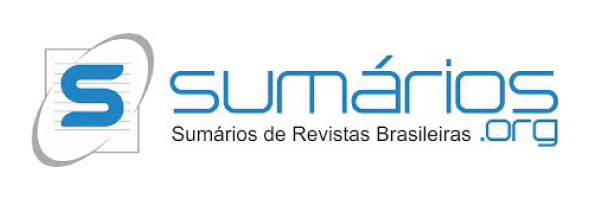Anterior crossbite: treatment possibilities in deciduous and mixed dentition
Mordida cruzada anterior: possibilidades de tratamento na dentição decídua e mista
DOI:
https://doi.org/10.29327/25149.46.1-10Keywords:
Malocclusion., Dentition Mixed., Orthodontics InterceptiveAbstract
Anterior crossbite (MCA) refers to a malocclusion whose vestibularlingual
relationship between upper and lower incisors is abnormal,
with a negative overjet. This alteration may promote impairment of
dento-facial aesthetics and functions of the stomatognathic system.
The MCA can be classified into 3 types: Dental (MCAD), Functional
(MCAF) and skeletal (MCAE). The objective of this literature review
was to present the different possibilities of MCA treatment in the
deciduous and mixed dentitions. The treatment of MCAD aims at
correcting the abnormal inclinations of the involved elements. The
treatment of MCAF can be performed with composite as an inclined
plane tracks recommended by Planas. The MCAE approach aims
at skeletal correction and depends on the degree of bone dysplasia
and the age at which treatment begins. According this study, we can
conclude that the MCA should be treated as soon as diagnosed, by
the different forms of treatment presented, according to etiology
and clinical presentation. All the proposed treatments may have high
success rates if correctly planned and executed.










